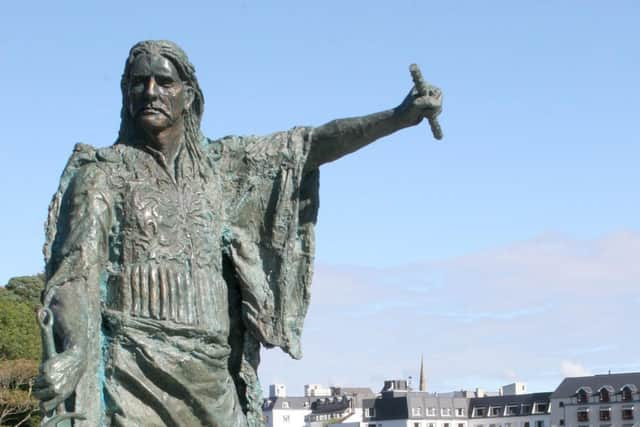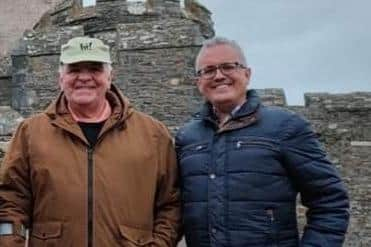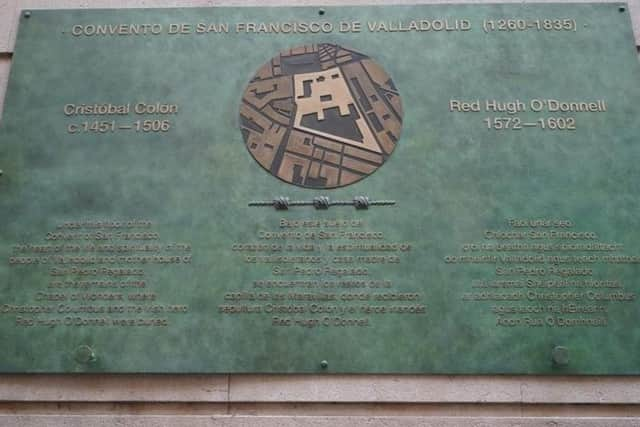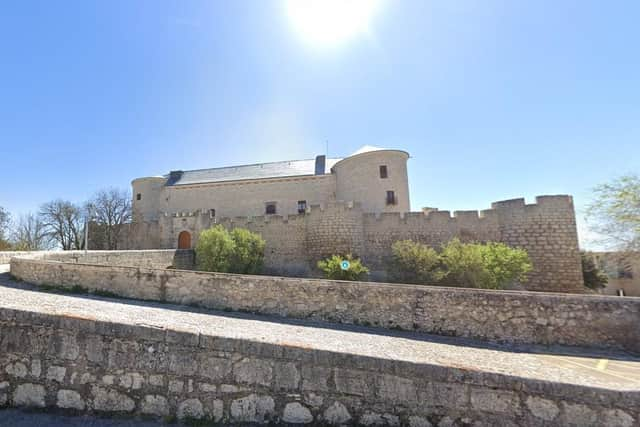Red Hugh O’Donnell Association hail Lifford-Simancas twinning as important step in recognition of chieftain
and live on Freeview channel 276
The proposed twinning was passed by a full plenary meeting of Donegal County Council last month in Lifford.
Red Hugh was born in Lifford in 1572 and died in Simancas, not far from Valladolid in Castile and León in 1602.
Advertisement
Hide AdAdvertisement
Hide AdThis local born chieftain and national hero gave his whole life to the cause of Irish freedom from English rule in Ireland, Mr. Crawford noted.


Speaking after the council’s approval Mr Crawford said this was the final stage in the Irish part of the twinning process and another milestone in the promotion of the Tír Chonaill chieftain.
He continued: “Both councils will now liaise with each other in the form of working committee’s to see it through.”
Mr. Crawford said the association is proposing to work with counterparts in Spain to erect statues to ‘The Fighting Prince of Donegal’ simultaneously in the ‘Diamond’ in Lifford and in Simancas.
Advertisement
Hide AdAdvertisement
Hide AdAodh Ruadh Ó Domhnaill, also known as Red Hugh O’Donnell, was a sixteenth-century Irish clan chief of Tír Chonaill, and senior leader during the rising of the Irish clans against English rule in Ireland known as the Nine Years’ War (1593-1602).


At the young age of 15 he was kidnapped in Rathmullan by Lord Perrot and taken to Dublin Castle where he was held captive without trial for over four years .
He successfully escaped in 1591 and eventually made his way back to Tír Chonaill.
In 1592 he was inaugurated as Head of the O’Donnell Clan at the Rock of Doon, Kilmacrennan.
Advertisement
Hide AdAdvertisement
Hide AdThroughout the Nine Years’ War O’Donnell with O'Neill of Tyrone and other northern clans was successful in many battles which almost brought the English establishment to its knees in Ireland.


But it was defeat at the Battle of Kinsale in 1601 that brought the uprising to its conclusion and marked the beginning of the end of the Gaelic way of life in Ireland.
The leaders agreed that Red Hugh should go to Spain and implore the King to send another Armada to Ireland, which he did.
But it was to be in Simancas Castle that Red Hugh was to breathe his last breath.


Advertisement
Hide AdAdvertisement
Hide AdAs the King of Spain held him in high esteem he gave him a funeral fit for any high ranking statesman with full trappings and he was buried in The Chapel of Wonders in the ancient city of Valladolid.
The commencement by the City Council of Valladolid of excavation works in 2020 to find the remains of his body, thrust the life and history of this great chieftain back into public consciousness in Ireland and Spain.
Historians worldwide want to know more about him and the unveiling of a plaque in Valladolid by the City Council in 2024 has already been viewed by many thousands of tourists.
Working with their counterparts The Hispano/Irish Association in Spain, Mr. Crawford congratulated their President Mr. Carlos Burgos for the part he has played promoting Spanish/Irish relations over the years and in particular the role both associations have played in bringing the name of Red Hugh O’Donnell to its proper place in Irish history as being one of the country’s greatest chieftains.
Comment Guidelines
National World encourages reader discussion on our stories. User feedback, insights and back-and-forth exchanges add a rich layer of context to reporting. Please review our Community Guidelines before commenting.
